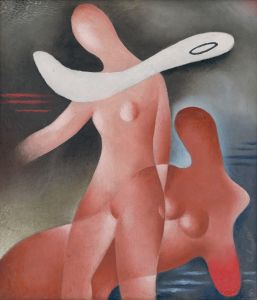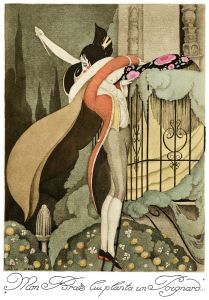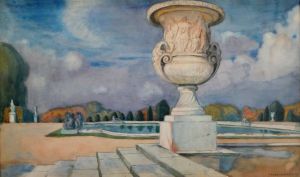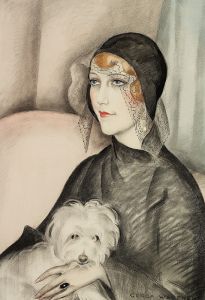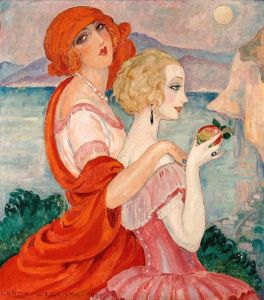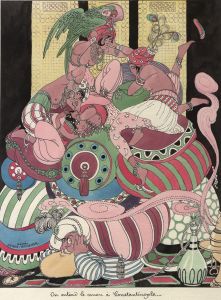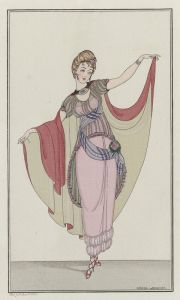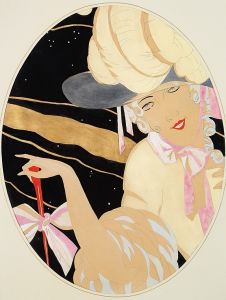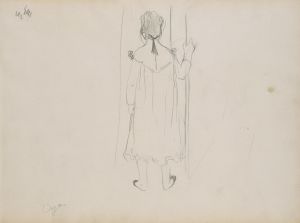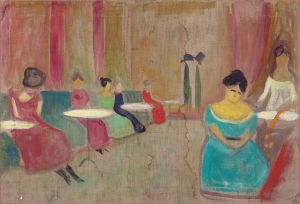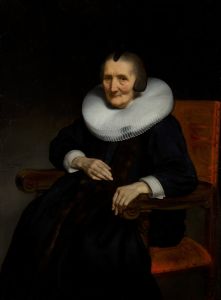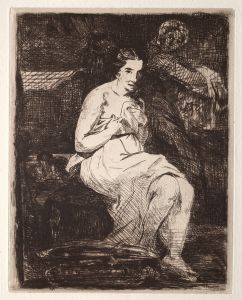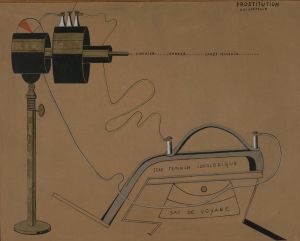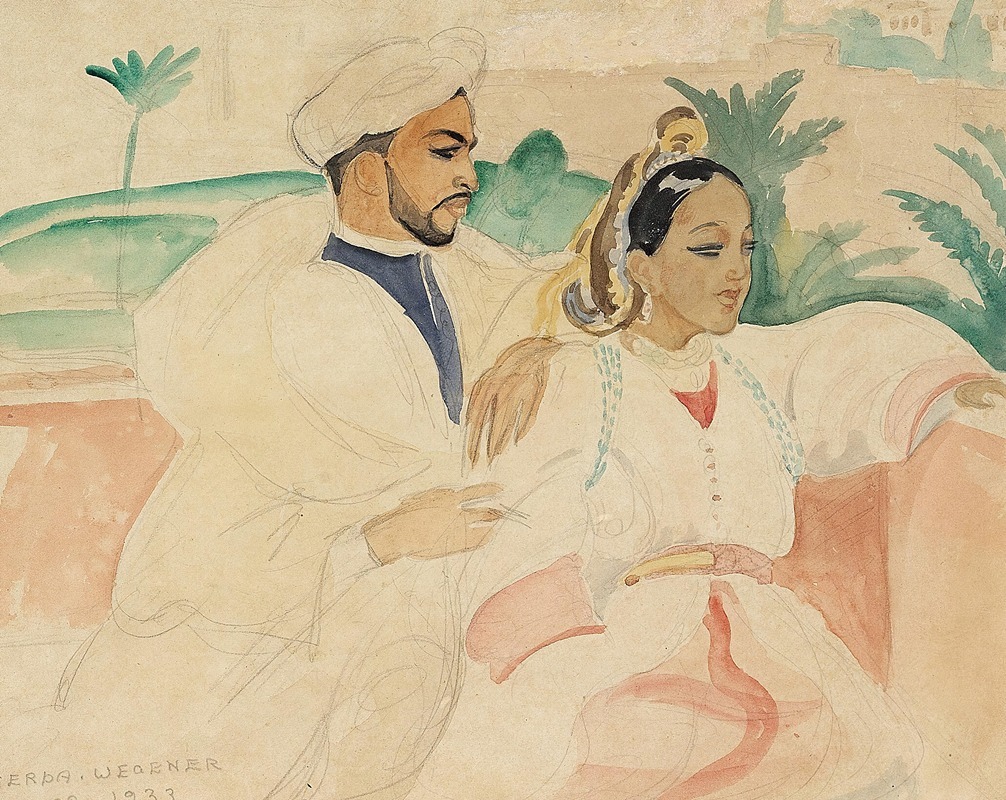
Marokkansk par
A hand-painted replica of Gerda Wegener’s masterpiece Marokkansk par, meticulously crafted by professional artists to capture the true essence of the original. Each piece is created with museum-quality canvas and rare mineral pigments, carefully painted by experienced artists with delicate brushstrokes and rich, layered colors to perfectly recreate the texture of the original artwork. Unlike machine-printed reproductions, this hand-painted version brings the painting to life, infused with the artist’s emotions and skill in every stroke. Whether for personal collection or home decoration, it instantly elevates the artistic atmosphere of any space.
Gerda Wegener was a Danish painter and illustrator, known for her art deco style and her vibrant, sensuous portraits. Born on March 15, 1886, in Hammelev, Denmark, she became one of the prominent figures in the art world during the early 20th century. Wegener's work often featured bold colors and elegant compositions, and she is particularly noted for her depictions of fashionable women and her exploration of gender and identity.
One of Wegener's notable works is "Marokkansk par" (Moroccan Couple), which reflects her interest in exotic themes and her ability to capture the essence of her subjects with a unique blend of realism and stylization. Although specific details about the painting "Marokkansk par" are limited, it is consistent with Wegener's broader oeuvre, which often included themes of romance, beauty, and the exploration of cultural motifs.
Wegener's career was significantly influenced by her marriage to Lili Elbe, one of the first known recipients of gender confirmation surgery. Elbe frequently served as a model for Wegener's paintings, and their relationship played a crucial role in shaping Wegener's artistic direction. The couple moved to Paris in 1912, where Wegener's career flourished. The vibrant and liberal atmosphere of Paris allowed her to explore themes that might have been considered controversial elsewhere at the time.
Wegener's work, including "Marokkansk par," is characterized by its use of vivid colors and intricate patterns, which often draw inspiration from various cultural influences. Her ability to blend different styles and motifs is evident in her portrayal of subjects that exude both elegance and a sense of mystery. This approach is reflective of the broader art deco movement, which emphasized luxury, modernity, and a fascination with the exotic.
Throughout her career, Wegener exhibited her work in various prestigious venues, gaining recognition for her distinctive style. Her art was featured in publications and exhibitions, contributing to her reputation as a leading figure in the art deco movement. Despite facing challenges in her personal life, including the complexities of her marriage to Elbe and the societal attitudes of the time, Wegener remained dedicated to her craft.
In recent years, there has been a renewed interest in Wegener's work, partly due to the increased visibility of Lili Elbe's story through media portrayals. This has led to a greater appreciation of Wegener's contributions to art and her role in challenging traditional gender norms through her work.
While specific information about "Marokkansk par" may be limited, it stands as a testament to Gerda Wegener's artistic vision and her ability to capture the beauty and complexity of her subjects. Her legacy continues to inspire and influence artists and audiences around the world, highlighting the enduring power of her art.





